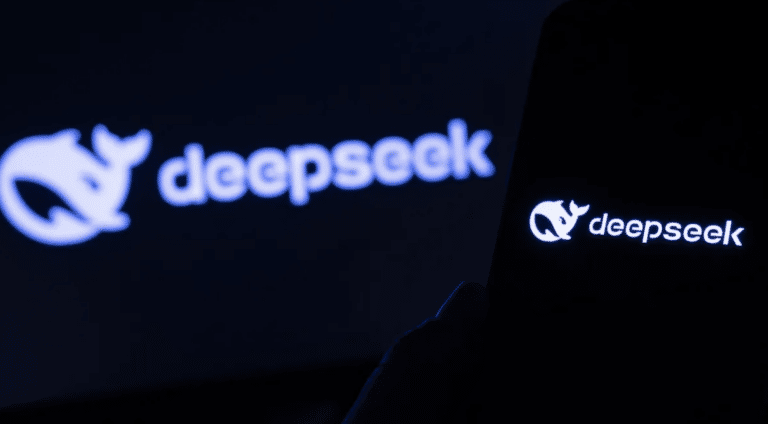A new player has emerged in the artificial intelligence race and it’s causing a stir. DeepSeek, a Chinese AI company, is shaking up the industry with groundbreaking advancements, leaving global tech giants on edge.
But what exactly is DeepSeek and who is behind the new player in one of the most talked about markets in the world.
At the heart of the buzz is DeepSeek’s R1 model, designed for complex problem-solving. This cutting-edge technology has propelled DeepSeek’s app to the top of iPhone download charts in the U.S., solidifying its growing influence on the global AI stage.
Is DeepSeek a threat to established AI powerhouses?
What’s unsettling investors isn’t just DeepSeek’s success—it’s how it got there. Traditionally, the belief has been that training powerful AI systems requires access to the most advanced, and expensive, computer chips. This assumption has justified billions of dollars in investment by American tech giants like Alphabet and Meta.
But DeepSeek has defied expectations. Lacking the financial muscle of U.S. hyperscalers, the company has instead relied on less advanced chips, paired with cutting-edge training methods. The result? Apparently AI performance levels that rival industry leaders but without the high-cost infrastructure.
Why cheaper technology?
DeepSeek’s reliance on older chips is not entirely by choice. U.S. export controls have limited access to cutting-edge semiconductor technology for Chinese firms, aimed at curbing potential military advancements. Despite this, DeepSeek has managed to innovate within its constraints, proving that ingenuity can often trump resources.
READ MORE: Demystify the myths and risks as an agency using AI
The man behind the movement
The mastermind driving DeepSeek is Liang Wenfeng, a Chinese hedge fund manager. His $8 billion firm, High-Flyer, birthed DeepSeek from its AI research unit. Under his leadership, the company has quickly gained international attention.
Are tech stocks at risk?
Opinions are divided. While DeepSeek has showcased an ability to cut AI development costs, some analysts believe it won’t derail the broader demand for advanced computing power. Bernstein semiconductor analyst Stacy Rasgon wrote: “AI demand continues to grow, and companies will still require significant infrastructure.”









